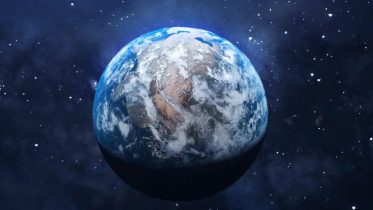
Gondwana
Gondwana was a large landmass, often referred to as a supercontinent, that formed during the late Neoproterozoic and began to break up during the Jurassic period. The final stages of break-up, involving the separation of Antarctica from South America and Australia, occurred during the Paleogene. Gondwana was not considered a supercontinent by the earliest definition, since the landmasses of Baltica, Laurentia, and Siberia were separated from it. To differentiate it from the Indian region of the same name, it is also commonly called Gondwanaland. Gondwana was formed by the accretion of several cratons. Eventually, Gondwana became the largest piece of continental crust of the Palaeozoic Era, covering an area of about 100,000,000 km², about one-fifth of the Earth's surface. During the Carboniferous Period, it merged with Laurasia to form a larger supercontinent called Pangaea. Gondwana gradually broke up during the Mesozoic Era.


